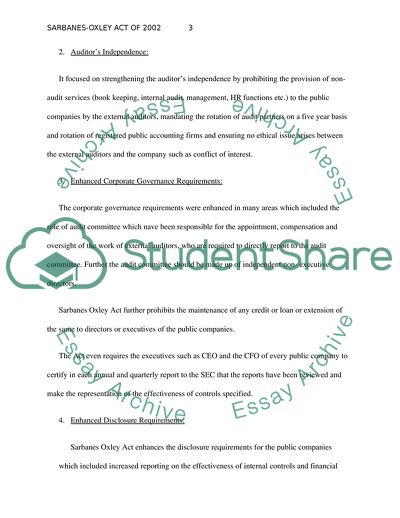Cite this document
(Research and discuss the Sarbanes-Oxley Act of 2002 Term Paper, n.d.)
Research and discuss the Sarbanes-Oxley Act of 2002 Term Paper. https://studentshare.org/finance-accounting/1775822-research-and-discuss-the-sarbanes-oxley-act-of-2002
Research and discuss the Sarbanes-Oxley Act of 2002 Term Paper. https://studentshare.org/finance-accounting/1775822-research-and-discuss-the-sarbanes-oxley-act-of-2002
(Research and Discuss the Sarbanes-Oxley Act of 2002 Term Paper)
Research and Discuss the Sarbanes-Oxley Act of 2002 Term Paper. https://studentshare.org/finance-accounting/1775822-research-and-discuss-the-sarbanes-oxley-act-of-2002.
Research and Discuss the Sarbanes-Oxley Act of 2002 Term Paper. https://studentshare.org/finance-accounting/1775822-research-and-discuss-the-sarbanes-oxley-act-of-2002.
“Research and Discuss the Sarbanes-Oxley Act of 2002 Term Paper”. https://studentshare.org/finance-accounting/1775822-research-and-discuss-the-sarbanes-oxley-act-of-2002.


